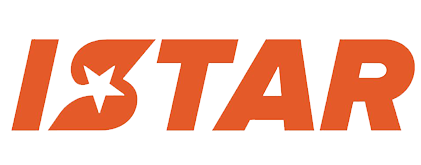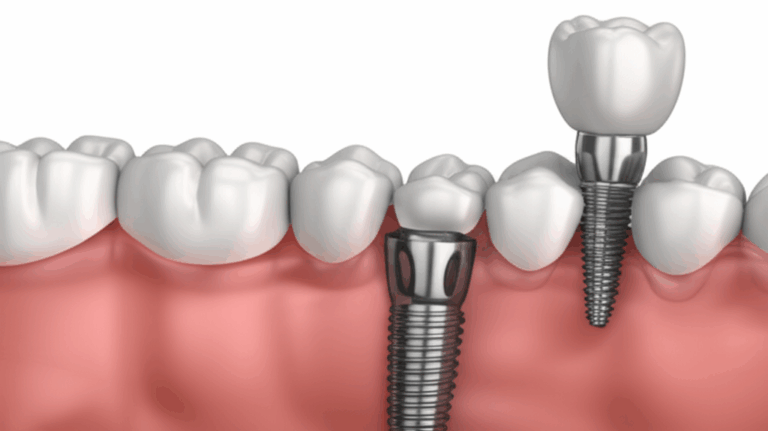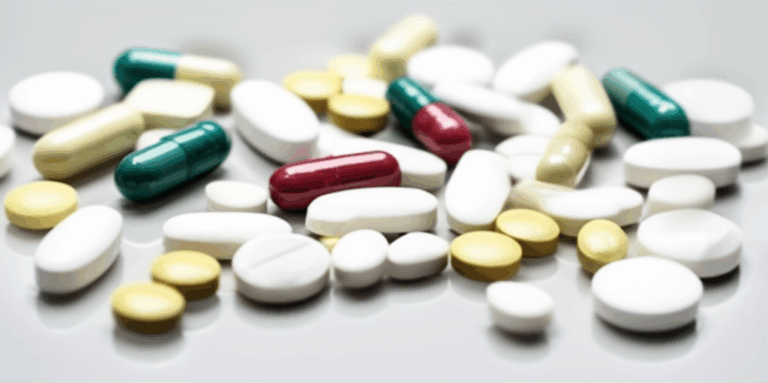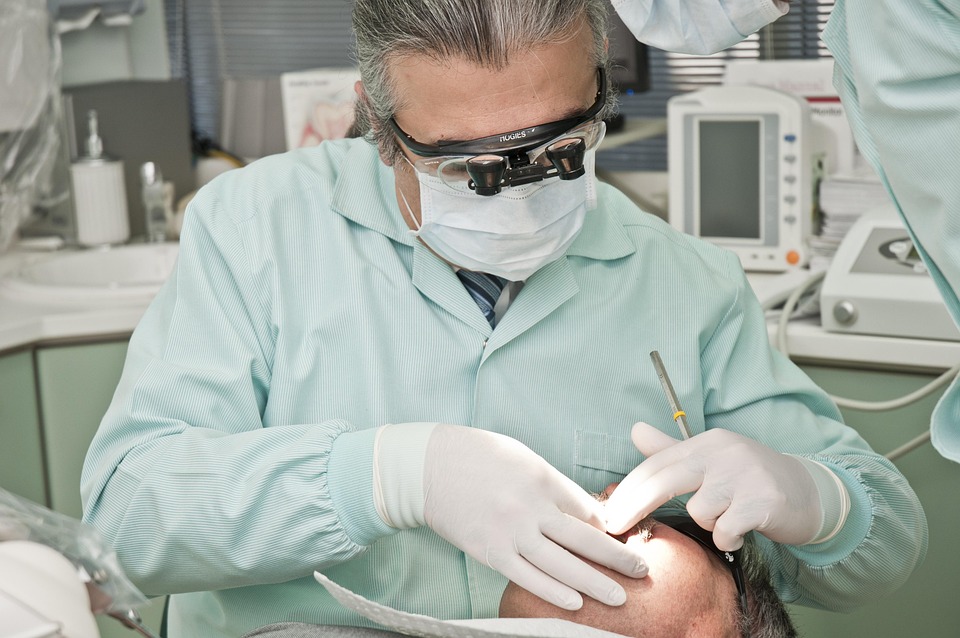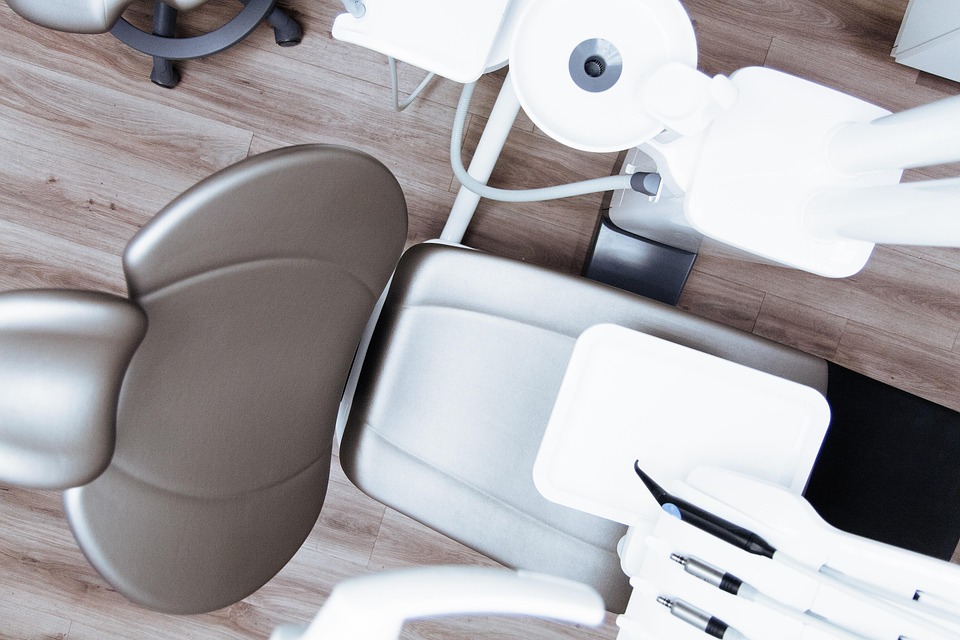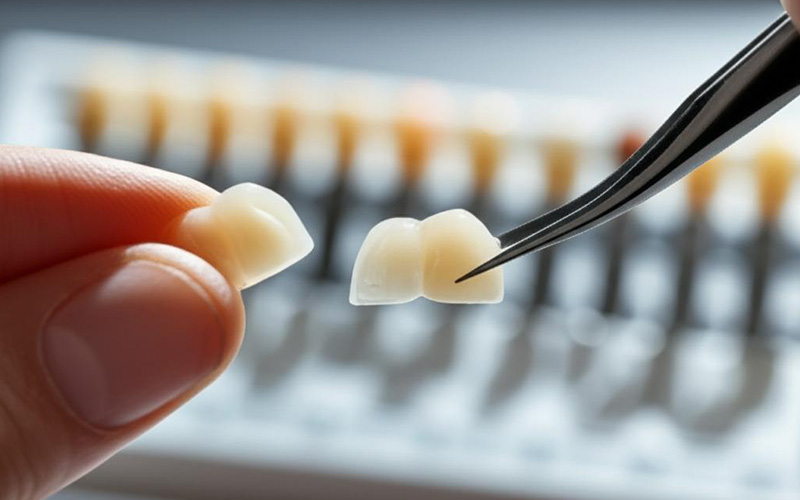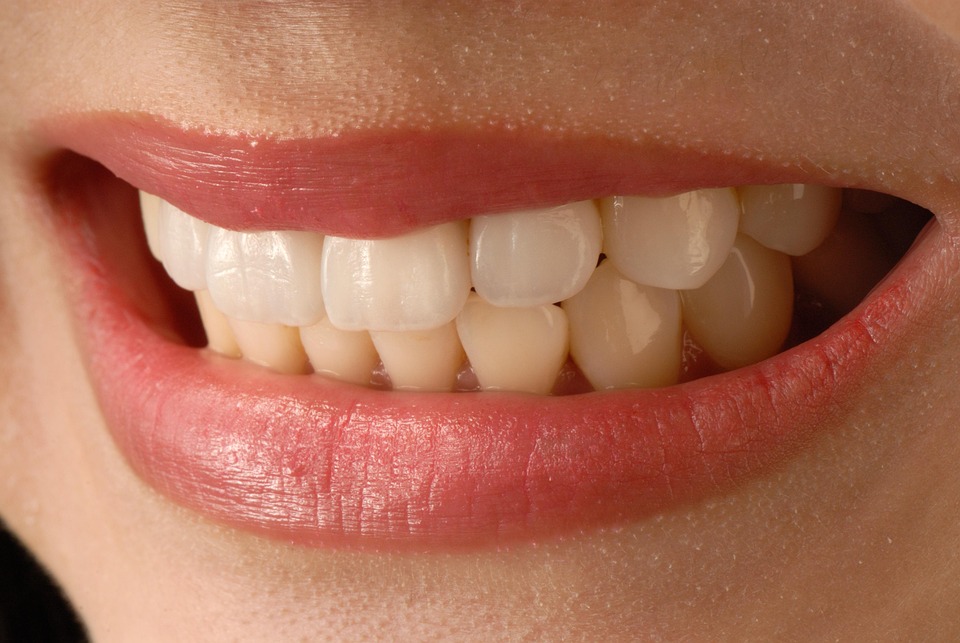
How Much Is a Dentist Without Insurance? My Complete Guide to Costs and Affordable Options
Table of Contents
a. Type of Dental Procedure
b. Where You Live Matters
c. Dentist’s Expertise and Overhead
d. Urgency and Materials Used
a. Preventive Dental Care: Exams, Cleanings, and X-rays
b. Restorative Treatments: Fillings, Extractions, and More
c. Major Dental Work: Root Canals, Crowns, and Dentures
d. Advanced and Emergency Procedures
a. Discount Dental Plans
b. Community Clinics and FQHCs
c. Dental Schools: Great Care, Low Cost
d. Negotiating With Your Dentist
e. Payment and Financing Solutions
f. Free Dental Programs and Grants
a. Regular Check-ups
b. At-Home Oral Health Habits
1. Introduction: My Experience Navigating Dental Costs Without Insurance
If you’ve ever had to pay for dental work without insurance, you know it’s a whole different world. A few years back, I lost the dental insurance my job gave me. I’ll never forget that first bill after a normal cleaning—I almost fell out of the dentist’s chair, and that was before the cleaning even started!
After that, I had to learn bit by bit how to deal with dental bills on my own. Sometimes, it was tough. The prices seemed to jump around from one dentist to the next. Other times, I was just shocked at how expensive even a small filling was.
But here’s what I found out: Even without insurance, you still have options. In this article, I’ll share what I’ve learned about dental prices, why they are what they are, and—most important—how you can find good, cheaper care. I wish someone had told me this stuff when I was starting out. So let’s clear up the confusion about going to the dentist with no insurance.
2. What Makes Dental Costs So High Without Insurance?
Over the years, I found out that dental bills aren’t just random. A few things really affect the price. Knowing these helped me have a better idea of what I’d need to pay, and it can help you too.
a. Type of Dental Procedure
Not all dental jobs are the same price. Basic care—like cleanings or check-ups—costs less than big treatments like crowns or dental implants. I remember one time I needed just a cleaning and exam; this was much cheaper than when I had to get a filling later.
Things just for looks, like teeth whitening or veneers, often cost more since you don’t really have to have them for your health. Bigger jobs—like root canals or bridges—take more time and skill, so you pay more.
b. Where You Live Matters
I learned the hard way that where you live changes the price—a lot. When I moved from a small town to a big city, even a dental x-ray cost more. Dentists in cities charge higher prices, mostly because rent and worker pay is higher there. If you can travel a bit, you might find a dentist down the road who’s a lot cheaper.
c. Dentist’s Expertise and Overhead
Some dental offices have really fancy equipment—like special 3D x-rays. These can make your bill go up. Dentists with years and years of experience, or those who do special things like surgery, usually charge more, too.
d. Urgency and Materials Used
If it’s an emergency, it will cost more. I once broke a tooth right before a family wedding and needed it fixed fast. Because it was after hours and I wanted it done right away, it cost me extra. Also, what your dentist uses changes the price—a regular (silver) filling usually costs less than a tooth-colored one. Crowns and bridges change in price depending on if you pick porcelain, metal, or something else.
3. The Real Numbers: Average Dental Prices Without Insurance
Let’s look at real numbers. These are what I’ve paid or was told I’d pay in the last few years, along with national averages. This is for people with no insurance, paying out of pocket.
a. Preventive Dental Care: Exams, Cleanings, and X-rays
- New Patient Dental Exam: $50–$150
First-time appointments usually cost more when starting out with a new dentist.
- Routine Cleaning: $75–$200
Sometimes you can get a deal that covers exam, cleaning, and simple x-rays.
- Dental X-rays (Bitewings): $25–$100
These help find cavities between teeth.
- Panoramic X-ray: $100–$250
Shows the whole jaw; good for wisdom teeth or jaw issues.
- Fluoride or Sealant: $25–$75 for each one
Often done for kids, but adults can get them too.
b. Restorative Treatments: Fillings, Extractions, and More
- Amalgam Filling (Silver): $50–$250
- Composite (Tooth-Colored) Filling: $90–$450
I always paid more for the tooth-colored ones, but it looked better!
- Simple Tooth Extraction: $75–$450
This is for pulling a tooth that isn’t stuck under the gum.
c. Major Dental Work: Root Canals, Crowns, and Dentures
- Surgical Extraction (Wisdom Teeth): $200–$800 for each tooth
Hard cases can be near the top of the range. I once paid $600 for a tricky one.
- Root Canal (Front Tooth): $700–$1,200
- Premolar: $800–$1,500
- Molar: $1,000–$2,000+
- Dental Crowns:
- Porcelain with metal: $800–$1,800 each
- All-ceramic/porcelain: $1,000–$2,500
- Dental Bridge: $700–$1,500 per piece
Add up by how many teeth need replacing.
- Full Denture: $1,000–$3,000 for top or bottom
- Partial Denture: $700–$1,800
d. Advanced and Emergency Procedures
- Dental Implant (Post only): $1,500–$3,000
- Full fix (Implant + abutment + crown): $3,000–$6,000+
- Deep Cleaning (Scaling and Root Planing): $150–$350 per area
- Bone Graft: $300–$1,500
- Emergency Exam: $75–$200
Any quick fix, like a temporary filling or extraction, will cost more.
A tip: Some things like night guards or custom retainers can be expensive at the dentist. If your dentist says it’s okay, you could look into a night guard dental lab or dental lab for retainers to save money.
4. How I Found Affordable Dental Care (and How You Can Too)
When I saw high dental bills, I didn’t just give up. Here’s how I managed to save money and still get good dental care.
a. Discount Dental Plans
A friend showed me a dental savings plan. I paid about $120 a year and got 20% off at certain dentists. Some plans cut prices by up to 60%, but you have to use dentists in their network.
It’s not insurance—there are no claims or waiting—but your bill goes down. This helped a lot when I needed fillings or crowns. Just make sure your dentist takes the plan before you pay for it.
b. Community Clinics and FQHCs
I found a local community clinic, and their prices were way lower—sometimes 50% less than regular dental offices. Some clinics charge based on how much you make, which was helpful when I was out of work.
Government health centers (FQHCs) help people without insurance, too. In big cities, usually there’s one nearby. You might have to wait for an appointment, but the savings are worth it.
If you want to know more about common dental problems, dental diseases is a handy resource.
c. Dental Schools: Great Care, Low Cost
When I needed a filling, I went to a dental school. It took longer since students have to be checked at each step, but the cost was about half of what normal dentists charge.
Dental schools do cleanings, fillings, root canals, even dentures or crowns, all for less money. The main catch is you need to be patient—their hours follow the school calendar. Still, you get careful care, and you help future dentists get better.
d. Negotiating With Your Dentist
I was kind of shy the first time I asked for a discount for cash, but it turns out a lot of dentists offer this. Some will take 10–20% off if you pay the whole bill at once.
I’ve also worked out payment plans with dental offices. Even big bills weren’t so scary when I could split the costs over a few months. Don’t be afraid to ask. It might save you a bunch.
e. Payment and Financing Solutions
When I needed a crown, I signed up for a healthcare credit card (CareCredit). It let me pay later, sometimes with no extra interest for a while. Some folks use personal loans, or money from FSA or HSA savings from past jobs.
Just double check the rules—make sure you can pay it back on time.
f. Free Dental Programs and Grants
I found out that some charities and government programs hold free dental clinics, mostly for emergencies or for people like kids or veterans. Sometimes the wait is long, so it works better if it’s not urgent.
Hint: Check local groups and health fairs—sometimes they offer free or low-cost dental days. Look at your health department’s website or call and ask.
If you want tips on keeping your teeth healthy, look at teeth health.
5. Why Preventive Care Saved Me a Fortune
Not having insurance made me worry about every dental problem turning into a big bill. So I took steps to stop problems before they started.
a. Regular Check-ups
I learned something: Small problems cost way less if you catch them early. Yes, it hurts to pay for cleanings and check-ups out of pocket. But if you skip them, you risk things getting so bad that you need a $1000 root canal instead of a $100 filling.
Every dentist will tell you—cleanings and x-rays can save you hundreds or even thousands over time by finding issues before they get big.
b. At-Home Oral Health Habits
Brushing morning and night, flossing every evening, and not drinking lots of soda became my new habits. I switched from soda to water and quit smoking (my dentist said just quitting smoking would save my teeth and my wallet!). I got a good toothbrush and a cheap water flosser, which helped a lot.
Keeping your teeth healthy at home means fewer bills and less pain and worry. There’s a simple guide on dental care if you want easy tips.
6. Conclusion: The Steps I’d Recommend to Anyone Without Dental Insurance
Not having dental insurance made me learn to be smarter about dental care. Here’s what I’d tell anyone in the same situation:
Paying out of pocket for dental care wasn’t easy, but in the end, I found ways to get by. If there’s one thing I learned, it’s that you don’t need to give up on your teeth just because you don’t have insurance. With a bit of research and not being afraid to ask questions, you can keep control over both your teeth and your money.
If you want to know more about dental crowns and bridges, check out what a crown and bridge lab does to help dentists get that perfect fit.
You might have to do a little more work, but it’s worth it. Take the first step. Your smile—and your wallet—will both be glad you did.
